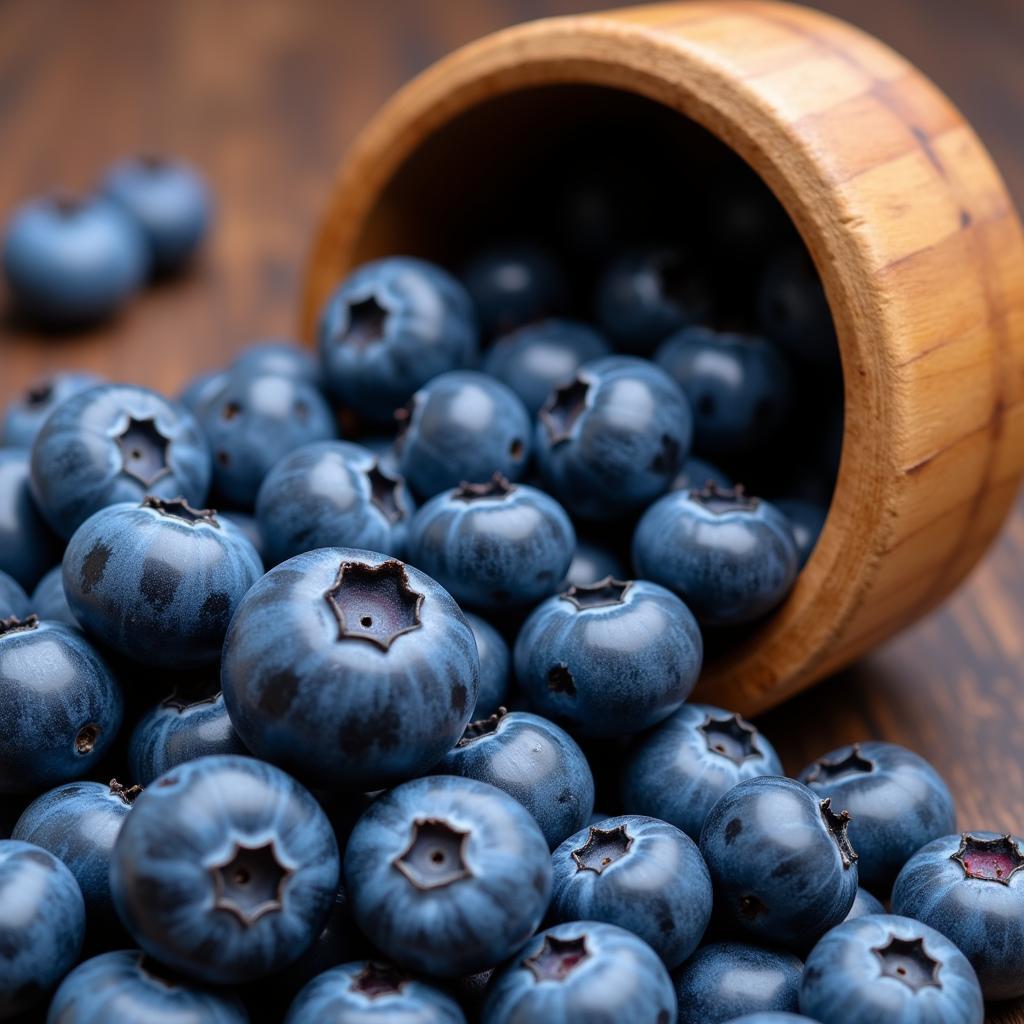Unveiling the African Desert Banana Flower
The African Desert Banana Flower, a lesser-known gem of the continent, offers a unique glimpse into the diverse flora of arid regions. From its surprising resilience in harsh climates to its culinary and medicinal uses, this flower has a fascinating story to tell. This article delves into the world of the desert banana flower, exploring its botanical characteristics, cultural significance, and potential benefits.
The Desert Banana Flower: A Botanical Wonder
Unlike the sweet banana fruit we commonly enjoy, the focus here is on the flower itself. The African desert banana, often referred to as Ensete ventricosum or the Ethiopian banana, is a close relative of the common banana but thrives in drier climates. Its striking flower, a large, pendulous, cone-shaped structure, is a marvel of adaptation. The vibrant bracts protect the developing fruit, which are generally not as palatable as those of the common banana. The flower’s impressive size and unique structure have earned it a prominent place in the local ecosystems and traditional practices of various African communities.
The desert banana’s ability to survive in harsh conditions stems from its unique water storage system. The pseudostem, a thick, fleshy trunk formed by tightly overlapping leaf bases, acts as a reservoir, allowing the plant to withstand periods of drought. This adaptation is crucial for survival in arid and semi-arid regions of Africa.
Cultural Significance of the African Desert Banana Flower
Beyond its botanical peculiarities, the African desert banana flower holds cultural significance for various communities across the continent. In some cultures, the flower is used in traditional ceremonies, representing fertility and abundance. Its fibers are sometimes employed in crafting textiles and ropes, showcasing the resourcefulness of these communities. The flower’s vibrant colors and striking form also contribute to its aesthetic value, making it a cherished part of the natural landscape. It often appears in local art and folklore, further cementing its role in cultural identity.
In some Ethiopian communities, the desert banana is a staple food crop. While the fruit itself is less commonly consumed, the pseudostem and corm, the underground stem, are processed into a starchy food that forms the basis of many traditional dishes. This underscores the plant’s vital role in food security within these regions.
Unveiling the Potential Benefits of the African Desert Banana Flower
The African desert banana flower and its related plant parts are being investigated for their potential health benefits. Preliminary studies suggest the flower may possess anti-inflammatory and antioxidant properties. Further research is needed to explore these potential benefits fully and understand the flower’s medicinal applications.
Dr. Abebe Kebede, a botanist specializing in Ethiopian flora, notes, “The desert banana is a truly remarkable plant. Its adaptability and multifaceted uses make it a vital resource for communities across the African drylands. Further scientific exploration of its potential medicinal properties holds great promise.”
What Does the African Desert Banana Flower Look Like?
The African desert banana flower is a large, cone-shaped structure that hangs down from the center of the plant. It’s made up of overlapping, brightly colored bracts that protect the developing fruit.
Conclusion: Appreciating the African Desert Banana Flower
The African desert banana flower is more than just a botanical curiosity; it’s a symbol of resilience, resourcefulness, and cultural significance. From its unique adaptations to harsh climates to its diverse uses and potential health benefits, the African desert banana flower offers a captivating window into the wonders of the African continent. Further research and appreciation of this unique plant are crucial for preserving its cultural heritage and exploring its potential benefits for future generations.
FAQ
- Is the African desert banana flower edible? While the flower itself isn’t typically eaten, other parts of the plant, like the pseudostem and corm, are processed into a staple food in some regions.
- Where does the African desert banana grow? It primarily grows in arid and semi-arid regions of Africa, particularly in Ethiopia.
- What are the traditional uses of the desert banana? It’s used for food, fiber, and in some cultural ceremonies.
- What are the potential health benefits of the desert banana flower? Preliminary research suggests potential anti-inflammatory and antioxidant properties.
- What is the scientific name of the African desert banana? It’s known as Ensete ventricosum.
- Is the desert banana related to the common banana? Yes, they are closely related but adapted to different climates.
- How does the desert banana survive in dry conditions? Its pseudostem stores water, enabling it to withstand drought.
Need assistance? Contact us 24/7: Phone: +255768904061, Email: kaka.mag@gmail.com, or visit us in Mbarali DC Mawindi, Kangaga, Tanzania. We have a dedicated customer support team ready to help.



